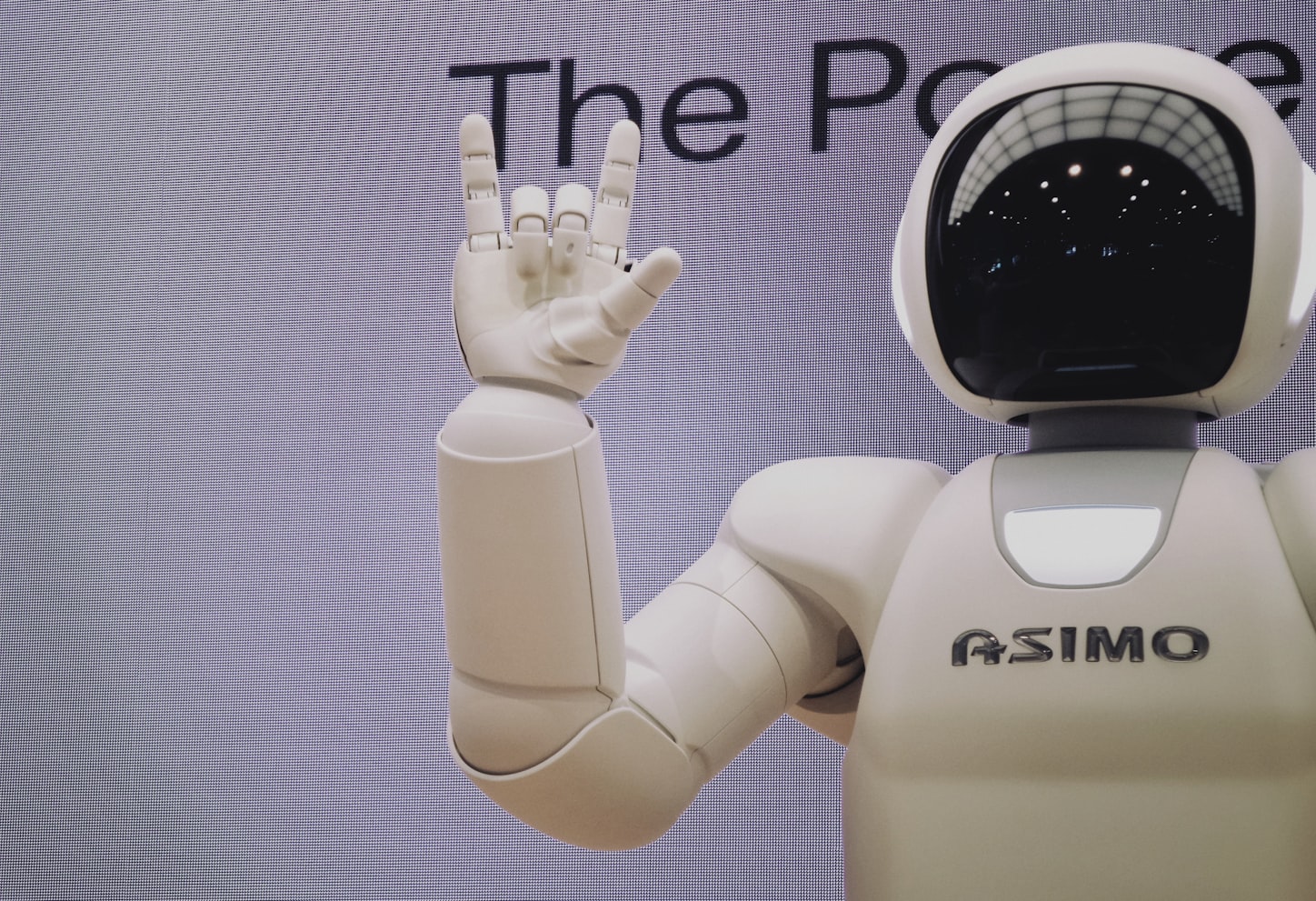Future of Healthcare (2023-2026)
The Future of Healthcare Data
The healthcare industry is experiencing a data revolution. Nearly 30% of the world's data volume is generated by the medical sector, and this volume is expected to grow at a compound annual growth rate (CAGR) of 36% through 2025. Healthcare data is derived from various sources, including physician notes, lab results, and patient feedback.
According to Philips, 82% of healthcare leaders believe that data can deliver value in areas such as patient records, monitoring, and medical devices. Furthermore, the number of healthcare leaders struggling with data management has decreased by 36% between 2021 and 2022. However, two significant challenges have arisen: interoperability and security.
The term "healthcare interoperability" has gained increased search volume, indicating a desire for a seamlessly connected medical ecosystem where devices and systems can interact without human intervention. To address these challenges, many healthcare organizations are moving their data to the cloud, a market projected to grow at a 17.6% CAGR between 2023-2032, potentially reaching over $200 billion by 2032.
Security Concerns in Healthcare Data
Security is a paramount concern in healthcare data management. A survey revealed that 63% of healthcare leaders are highly concerned about future cyberattacks. In recent years, ransomware attacks on healthcare organizations have increased by 7%, affecting nearly 50 million Americans in 2022 alone.
Startups like Ordr have emerged to protect connected devices and data in healthcare settings, closing a $40 million funding round in June 2022. As a result, 87% of health systems in the U.S. are increasing spending on cybersecurity, while 82% are boosting investment in cloud migration.
The Future of IoT in Healthcare
The Internet of Medical Things (IoMT) is poised to transform healthcare by providing a wealth of data from IoT devices. Searches for "IoMT" have surged nearly 2,000% in the past five years. Within the next five years, 65% of leaders anticipate the widespread adoption of IoT devices in healthcare, with a predicted CAGR of nearly 30% through 2028, potentially reaching $187.6 billion in market value.
Remote patient monitoring (RPM) is a significant driver of IoMT growth, with over 70 million RPM users expected by 2025. Smartwatches, fitness trackers, and clinical-grade wearables are all expected to see continued growth.
AI's Role in Healthcare
The expansion of data and the IoMT is also fueling the growth of artificial intelligence (AI) in healthcare. Searches for "healthcare AI" have increased by over 300% in recent years. AI and machine learning are considered the tech tools with the greatest potential to revolutionize healthcare, according to 27% of healthcare leaders.
AI is already making a difference in patient care, with over 40% of respondents acknowledging its impact, while others anticipate its future significance. Generative AI, in particular, is assisting healthcare employees in various tasks, from recording notes to optimizing staffing schedules.
Innovative AI Applications
Epic, a billion-dollar healthcare software company, is piloting a generative AI program to auto-generate messages to patients. Startups like Hippocratic AI are working on platforms that aim to improve access to healthcare by assisting with billing, medication reminders, and more.
AI is also being used to evaluate patients in emergency departments, predict outcomes, and engage with patients outside of medical facilities. This trend is expected to grow in the coming years.
3D Printing in Healthcare
3D printing is another transformative technology in healthcare. The market for 3D printed medical devices could reach $9.79 billion by 2031. 3D printing offers the potential to create personalized anatomical models for surgical practice and specialized medical instruments.
One notable application is 3D printed hip replacements, which have proven cost-effective for a majority of patients. Personalized knee, shoulder, and spinal implants are also gaining traction for their improved coverage and alignment.
3D printing is even extending to the creation of hygienic, lightweight, and durable casts that provide patients with greater comfort and convenience.
Bioprinting: A Futuristic Frontier
Bioprinting, which uses living tissues as printing material, holds the promise of creating functional kidney tissue and other organs. It also has applications in drug testing and development by enabling the creation of mini human tissue models.
One remarkable breakthrough involved implanting a bioprinted ear on a patient, demonstrating the potential of this technology.
Addressing Healthcare Disparities
Despite these technological advancements, healthcare disparities persist based on geography, race, wealth, education, and gender. These disparities are a growing concern, with search volume for "healthcare disparities" increasing by over 200% since 2019.
Efforts are being made to address these disparities, including guaranteed-income programs for underserved communities and initiatives by private healthcare companies to improve accessibility. The expansion of alternative sites of care like retail clinics and telehealth also aims to bridge the gap between underserved populations and traditional healthcare settings.
Conclusion
The future of healthcare is undeniably intertwined with technology. Data, IoT, AI, and 3D printing offer the potential to revolutionize the industry, providing personalized care and improving outcomes. However, challenges such as data security and healthcare disparities must be addressed to ensure that these innovations benefit all members of society. The healthcare industry is on the cusp of a transformative era, and it is essential to navigate it with a focus on equity and patient well-being.
